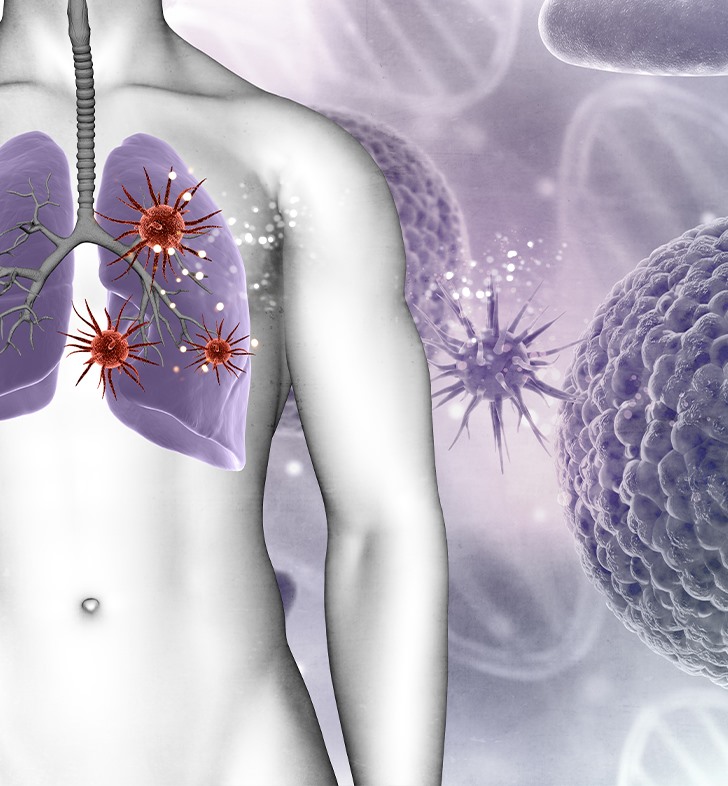
B-cell Lymphoma
What are B-cell lymphoma symptoms?
B-cell lymphoma has many symptoms, and many of the symptoms
below may be related to other conditions. Symptoms that may be related to
B-cell lymphoma include:
- Fever.
- Drenching night sweats.
- Unintentional loss of more than 10% of body
weight over 6 months.
- Painless swelling in one or more lymph node(s).
- Persistent fatigue.
- Loss of appetite.
- Cough or chest pain.
- Stomach pain.
- A sensation of bloating or fullness caused by an
enlarged spleen.
- Itchy skin.
- Enlargement of the spleen or liver.
- Rashes or skin lumps.
What causes B-cell lymphoma?
Sometimes random events that can’t be traced to a specific
cause will transform B-cells from healthy, infection-fighting white blood cells
into cancer cells. But researchers have turned up connections between the
following conditions and/or activities:
- Viruses including HIV (human immunodeficiency virus),
Epstein-Barr (mononucleosis) and Kaposi sarcoma human immunodeficiency virus.
- A family history of Hodgkin lymphoma.
- Having obesity.
Can being exposed to certain chemicals cause B-cell
lymphoma?
Some research indicates people who have prolonged and
extensive exposure to certain herbicides used in agriculture may have a
slightly increased risk of developing lymphoma. That being said, it’s not
likely that lymphoma is caused by infrequent or occasional herbicide exposure.
How is B-cell lymphoma diagnosed?
Healthcare providers use a range of tests to diagnose B-cell
lymphoma:
- Complete blood count (CBC). A CBC measures and
counts your blood cells. Providers use CBC to detect a variety of illnesses.
- Blood chemistry test. This test measures the
number of certain substances in your blood.
- Computed tomography (CT) scan. CT scans use a
series of X-rays and a computer to create three-dimensional images of your soft
tissues and bones.
- Positron emissions tomography (PET) scan.
Providers inject a radioactive tracer into your body to detect early signs of
cancer.
- Magnetic resonance imaging (MRI). This is a
painless test that uses a large magnet, radio waves and a computer to produce
very clear images of organs and structures within your body.
- Lumbar puncture (spinal tap). To do this test,
your healthcare provider inserts a needle into your lower back to get a sample
of cerebrospinal fluid, the clear liquid that surrounds your spine and brain.
- Bone marrow biopsy. To do this test, providers
insert a special needle through your skin and into your pelvic bone or
breastbone so they can remove a small sample of bone marrow from inside it.
What treatments are there for B-cell lymphoma?
B-cell lymphoma treatment options typically include the
following:
- Chemotherapy. Healthcare providers use several
types of drugs to kill cancer cells.
- Radiation therapy. Healthcare providers use
strong beams of energy (radiation) to kill cancer cells or stop them from
growing.
- Targeted therapy. This treatment involves
medications that target specific changes in cancer cells.
- Immunotherapy. This cancer treatment uses your
immune system to fight cancer by helping your body produce cancer-fighting
cells or help healthy cells identify and attack cancer cells.
- Stem cell transplantation. A stem cell
transplant replaces unhealthy stem cells with healthy stem cells.
What are the side effects of B-cell lymphoma treatment?
Each B-cell lymphoma treatment has different side effects.
And people often react differently to any given treatment. Talk to your
healthcare provider about each treatment option and potential side effects.
Understanding how your treatment might affect you can help you feel more
confident about managing side effects.